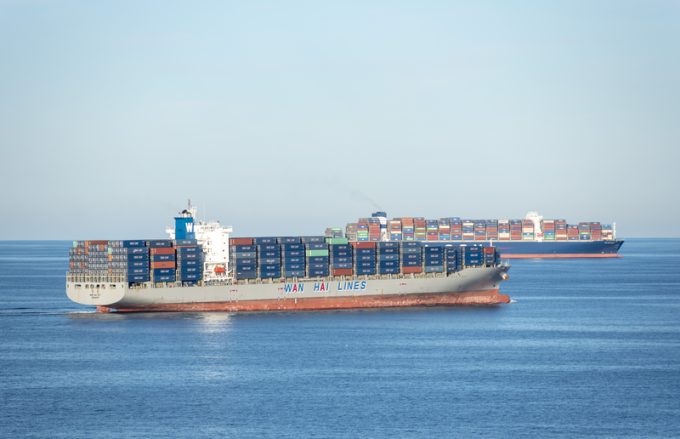Airfreight rates rising gently as ecommerce giants eye new tradelanes
Global airfreight rates and volumes are rising gently – but confusion over US ecommerce rules ...

Wan Hai and Cosco have started new transpacific services in response to rising freight rates.
Wan Hai’s new service, the Asia America I (AA1), connecting Shekou, Qingdao, Ningbo and Long Beach, began on Monday with the 3,013 teu Wan Hai 361 collecting containers in Shekou. Six 3,000-4,530 teu vessels will work on a six-week turnaround.
Alphaliner said Wan Hai was the first liner operator to react to the strong transpacific market, which saw Asia-US west coast rates gaining 19% week on week, ...
MSC port arm to buy Hutchison ports including Panama and Felixstowe
'Think again' call – China ship fee would double US export costs
MSC box ship hit by Russian missile in Odessa
US Chinese ship penalties will hit transatlantic trade hardest – Soren Toft
K+N 'still number-one' in air and ocean – but it's not all good news
Liners cut long-haul sailings, but 'it won't be enough' to stop rates tumbling
Congestion at Asian and European ports keeping charter rates firm
CMA CGM posts 'solid' 2024 results, but sees choppy waters ahead


Comment on this article